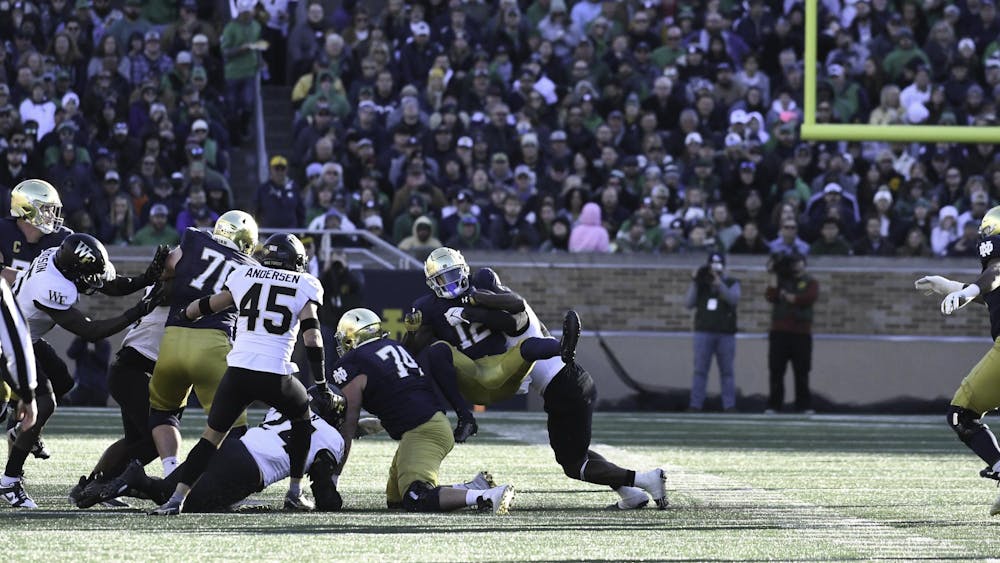Some of society’s most bizarre and ill-considered insight comes from volunteer youth baseball coaches.
Granted, nearly every retiree cherishes memories of beloved coaches who overcame this stereotype and actually bestowed some life-changing wisdom on them. But in spite of our exceptional role models, something about the nature of the volunteer position makes people act so foolishly that it becomes funny.
My fourth grade “house league” coach immediately comes to mind. Among his array of groundbreaking strategies, my personal favorites include “instead of improving worthless fundamentals during practice, scrimmaging makes this team better when it really counts” and “batting our best players last catches pitchers by surprise.”
Perhaps most notably, I remember my fearless leader’s iconic wisdom as he visited the mound during my wild pitching appearances that year. As he would stroll from the bench, he would deem my problem a mental one. Of course this kid can play, he thought; he just needs to get out of his own head. With every trip to the mound, the volunteer would give me the same advice: “Don’t worry about where you throw it, Kramer. You have enough velocity to beat hitters with your fastball. Just throw it as hard as you can, and no one will hit you.”
While I find it hilarious today, this parting shot haunted me as a kid. Everything that my dad and MLB Network taught me about the importance of pitch location and variety felt like a lie. His idea seemed unwarranted, shocking and most importantly, altogether novel back then.
In the contemporary era of player development, this novelty has evolved into commonplace for youth players. Training programs like Driveline Baseball place an immense focus on velocity growth and explosive hitting, helping kids both hit it farther and throw it harder. My former coach would be proud.
Such an emphasis on these two areas of development forces alternative “tools” like fielding, increasing on-base percentage and pitch variance to fall into the margins. No longer do youth coaches cultivate “five-tool players” in emulation of Mike Trout and Andrew McCutchen. No longer do flashy infield plays make headlines, but prospects who touch 100 mph off the mound or 450 feet off the bat receive the majority of attention. No longer do well-rounded players gain exposure at the next level, but scouts crave home runs and strikeouts, even at the expense of batting average and team defense.
In other words, one-dimensional players define one-dimensional baseball.
MLB analysts notice this shift. Single-season home run rates across the league continue to skyrocket, and more hitters fall victim to strikeouts by fastballs each year. Shattering record after record, pitchers and hitters alike reap the benefits of one-dimensional baseball, and coaches at all levels take notice. In development camps, Driveline programs, and youth clinics, players train to fit the narrow mold of “hot” MLB prospects.
A myriad of baseball critics link this transformation to the tearful boredom and dullness of today’s game. They call for rule changes and new strategies at the professional level to make baseball more exciting for viewers.
This prescription couldn’t be worse. The thrill of a sports viewing experience doesn’t depend on the number of mound visits or time between pitches, or even the overall game length. Rather, the root of the problem is the type of player that steps onto the field, a diagnosis that traces back to the philosophy with which youth coaches train their kids.
As a diehard fan, I hope that volunteer coaches find the wisdom to change the game from the ground up. Yes, home runs look awesome. Yes, throwing in triple digits is an incredible milestone. But when push comes to shove, watching a sport that offers two touchpoints of entertainment becomes mundane, given the fluid, fast-paced major sport alternatives. Without well-roundedness, baseball and its ratings will continue to falter, and without a development shift, the game will look as foolish as the volunteers that first coach it.













